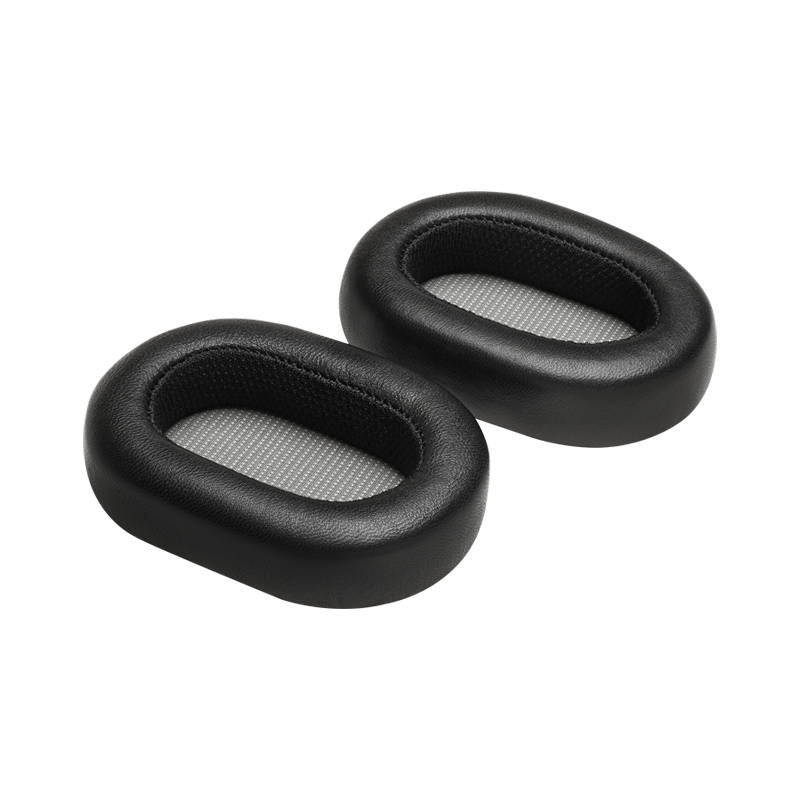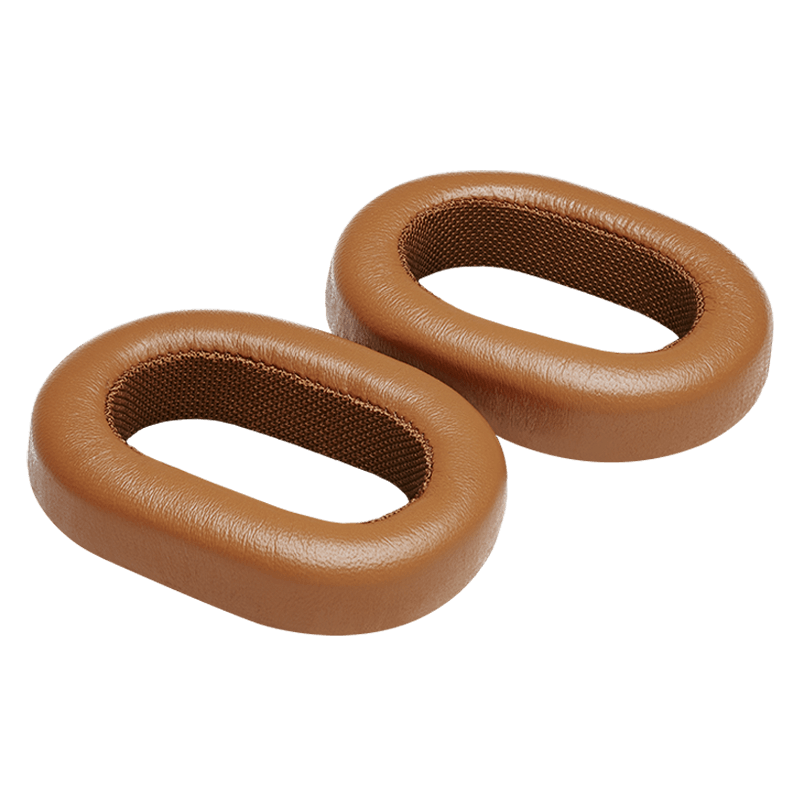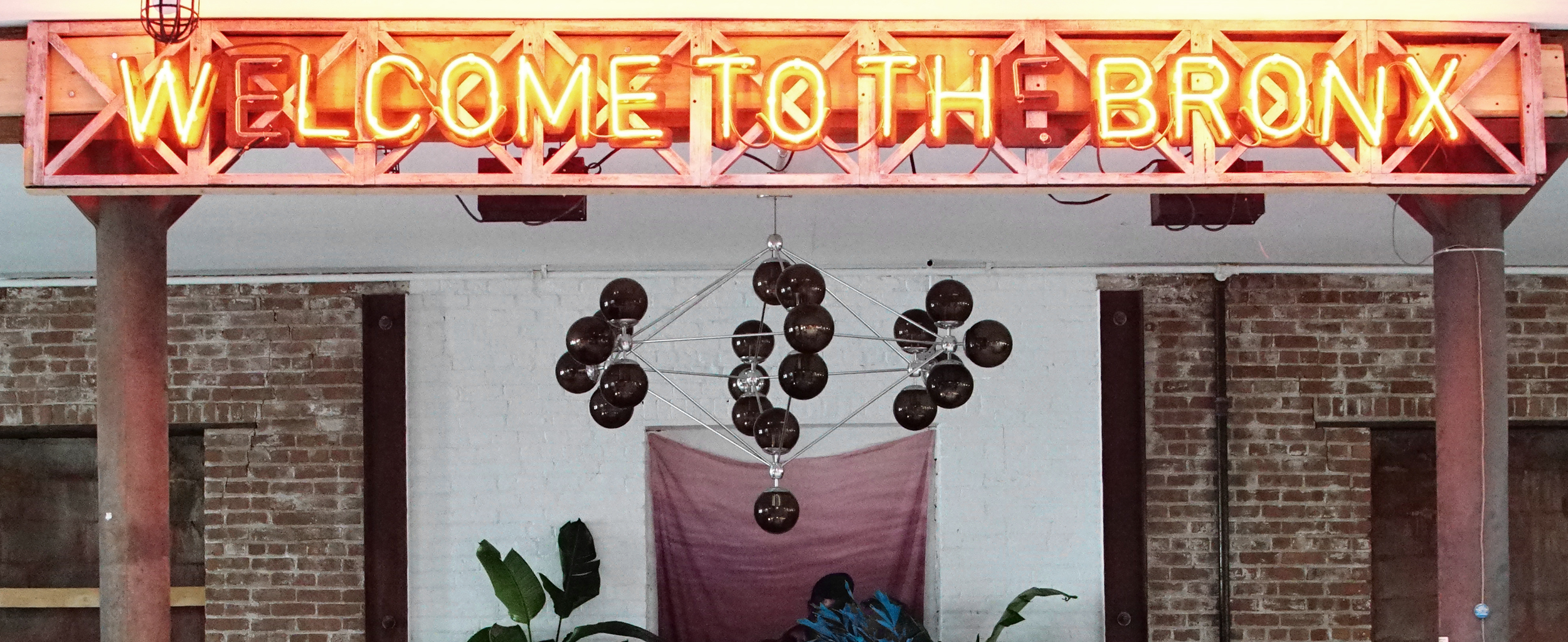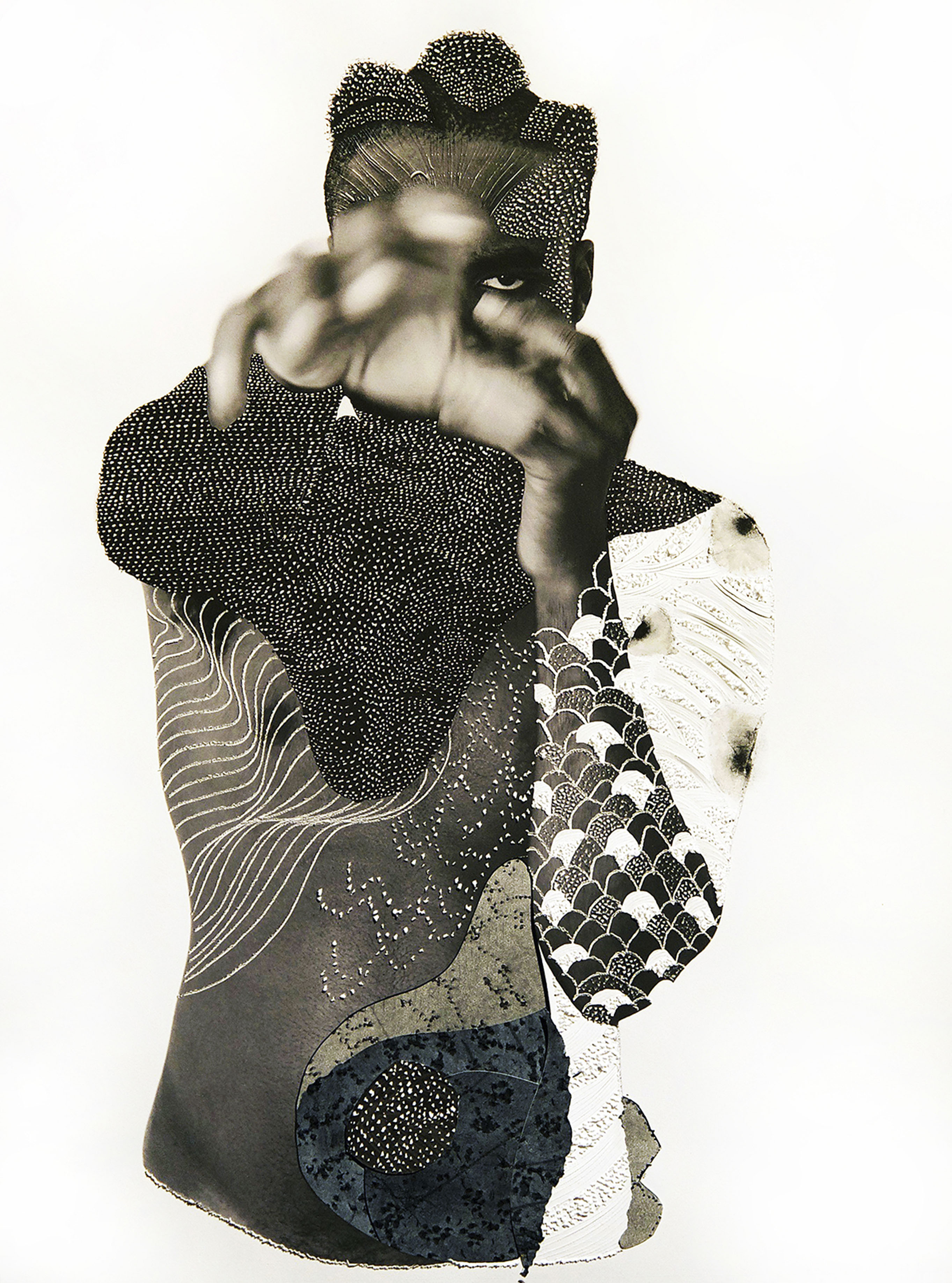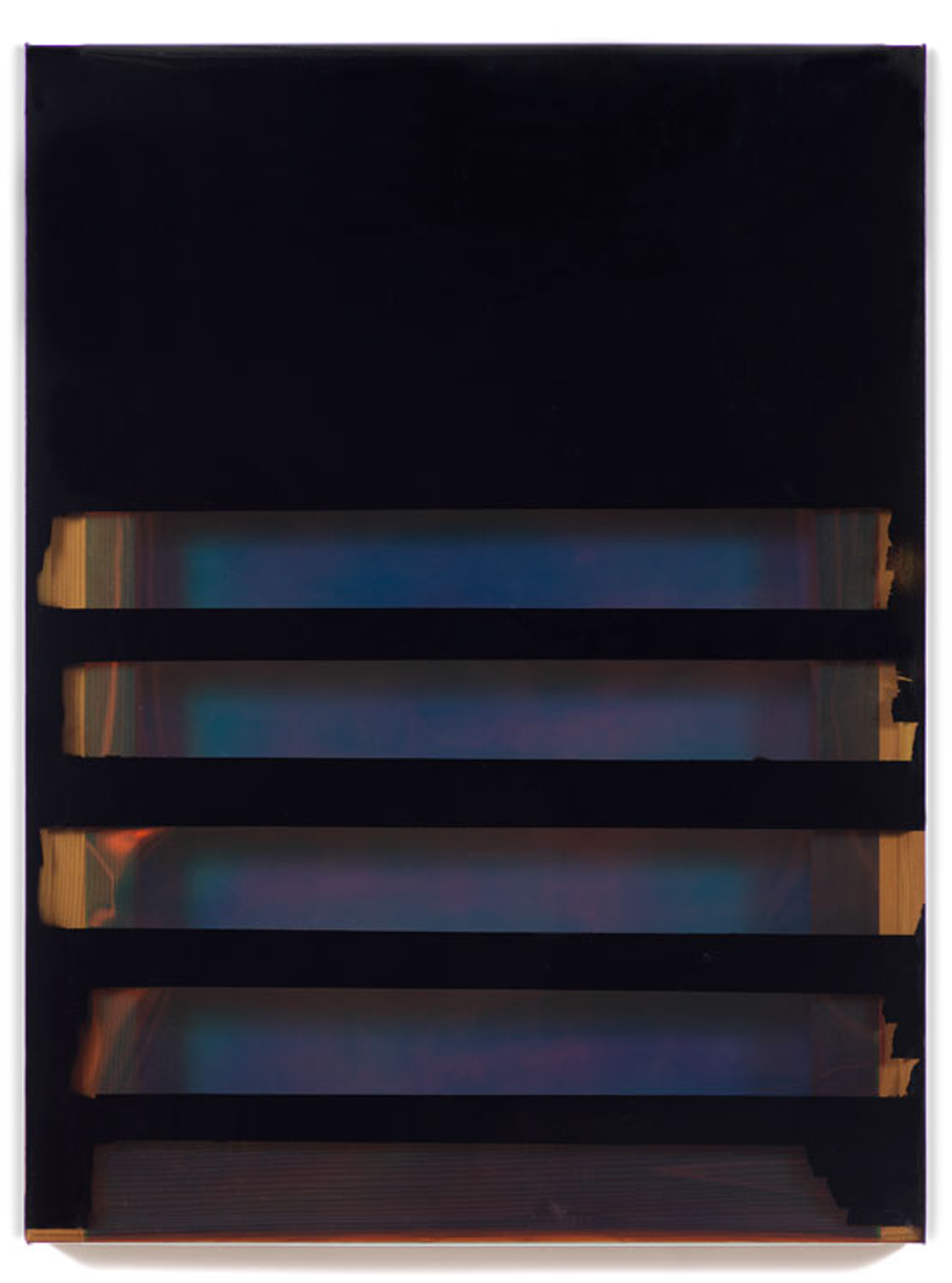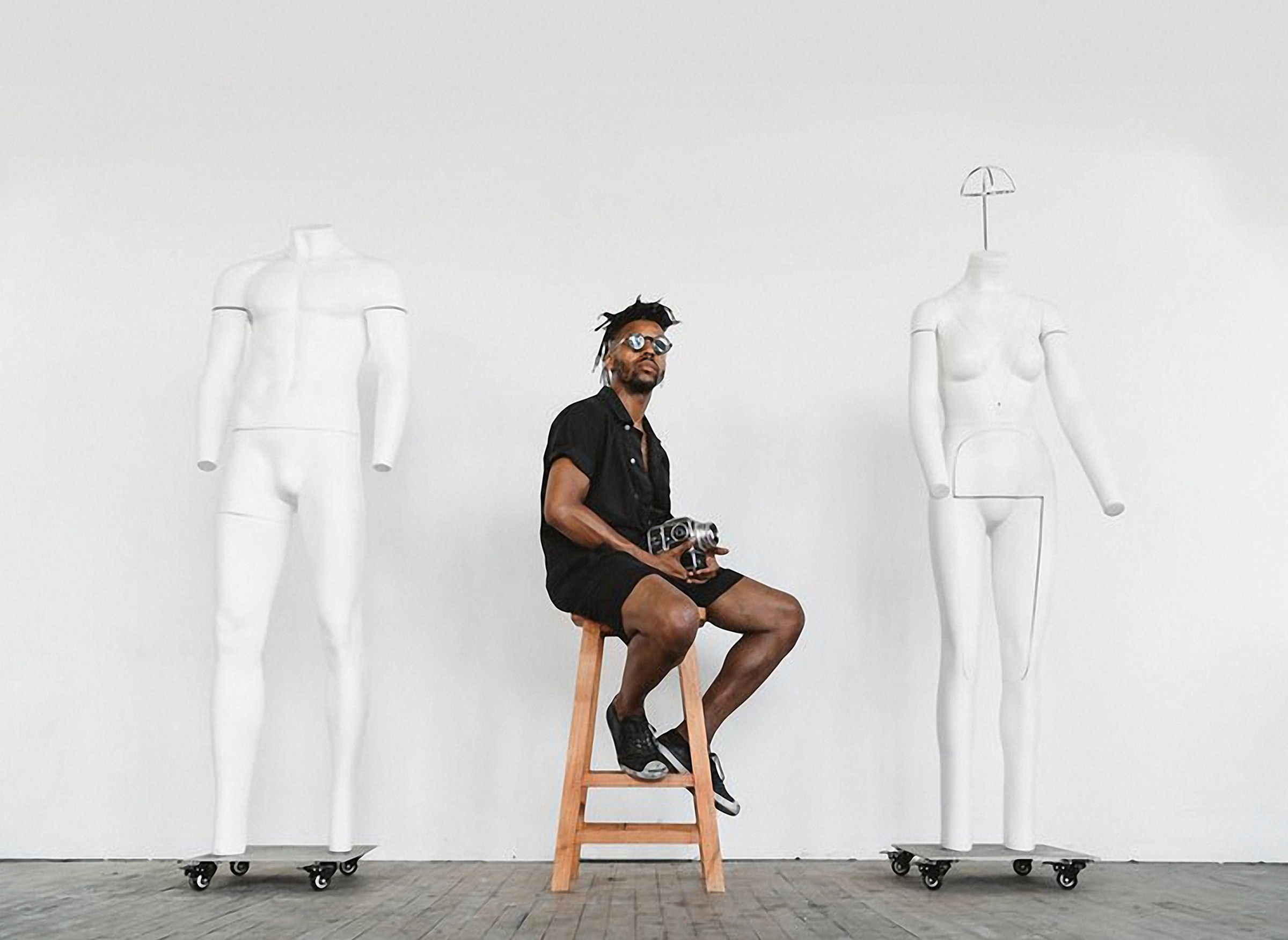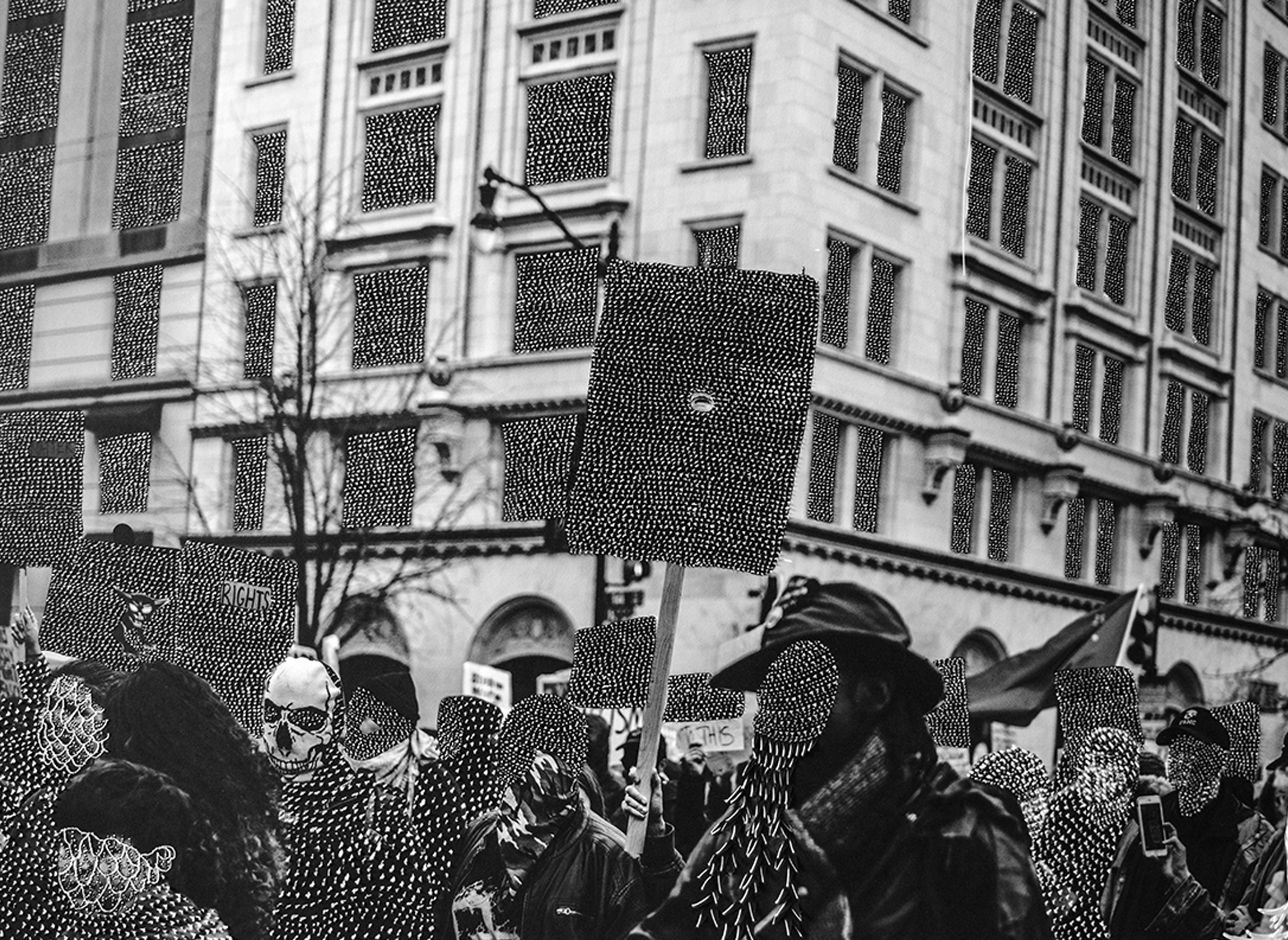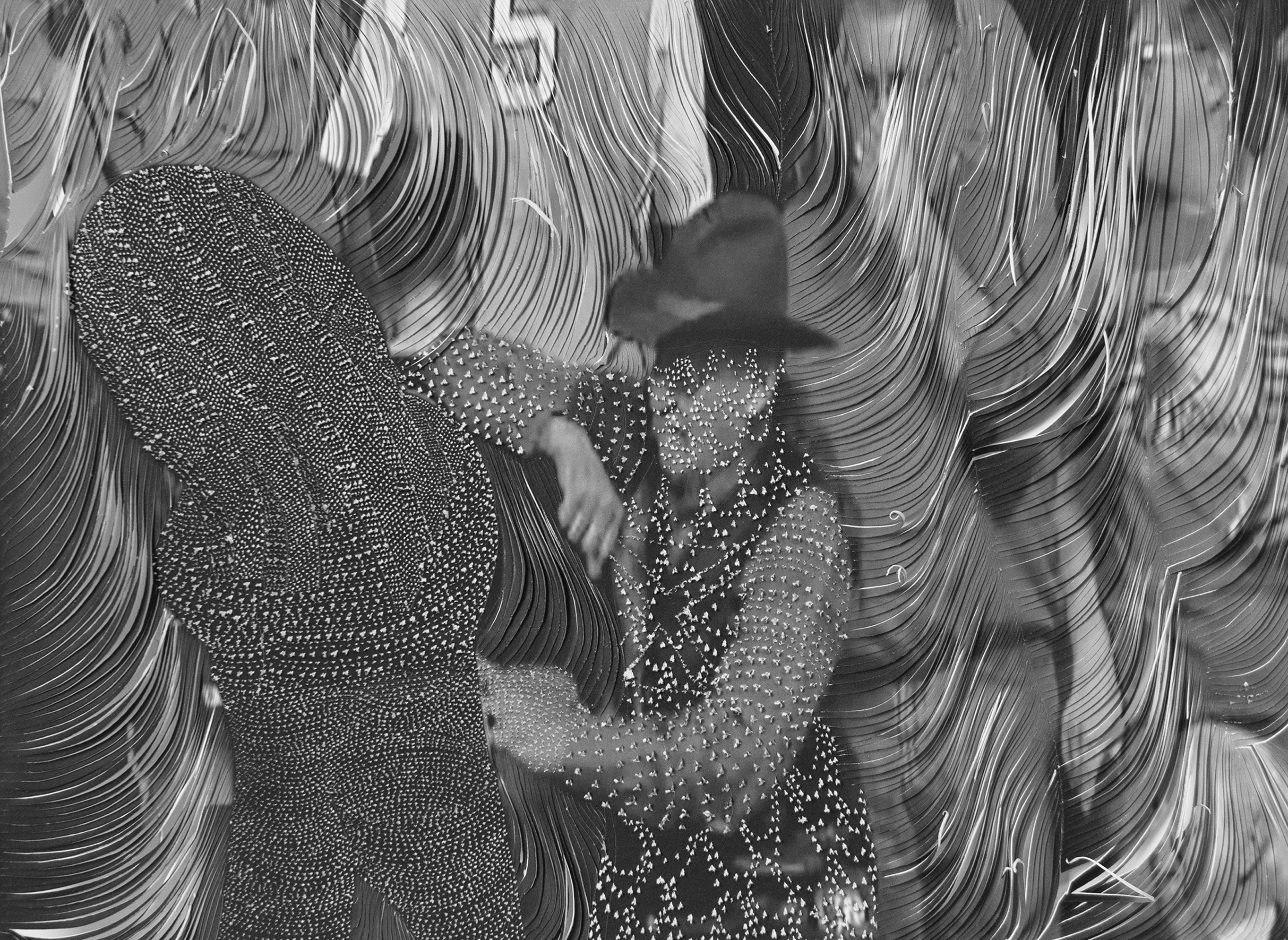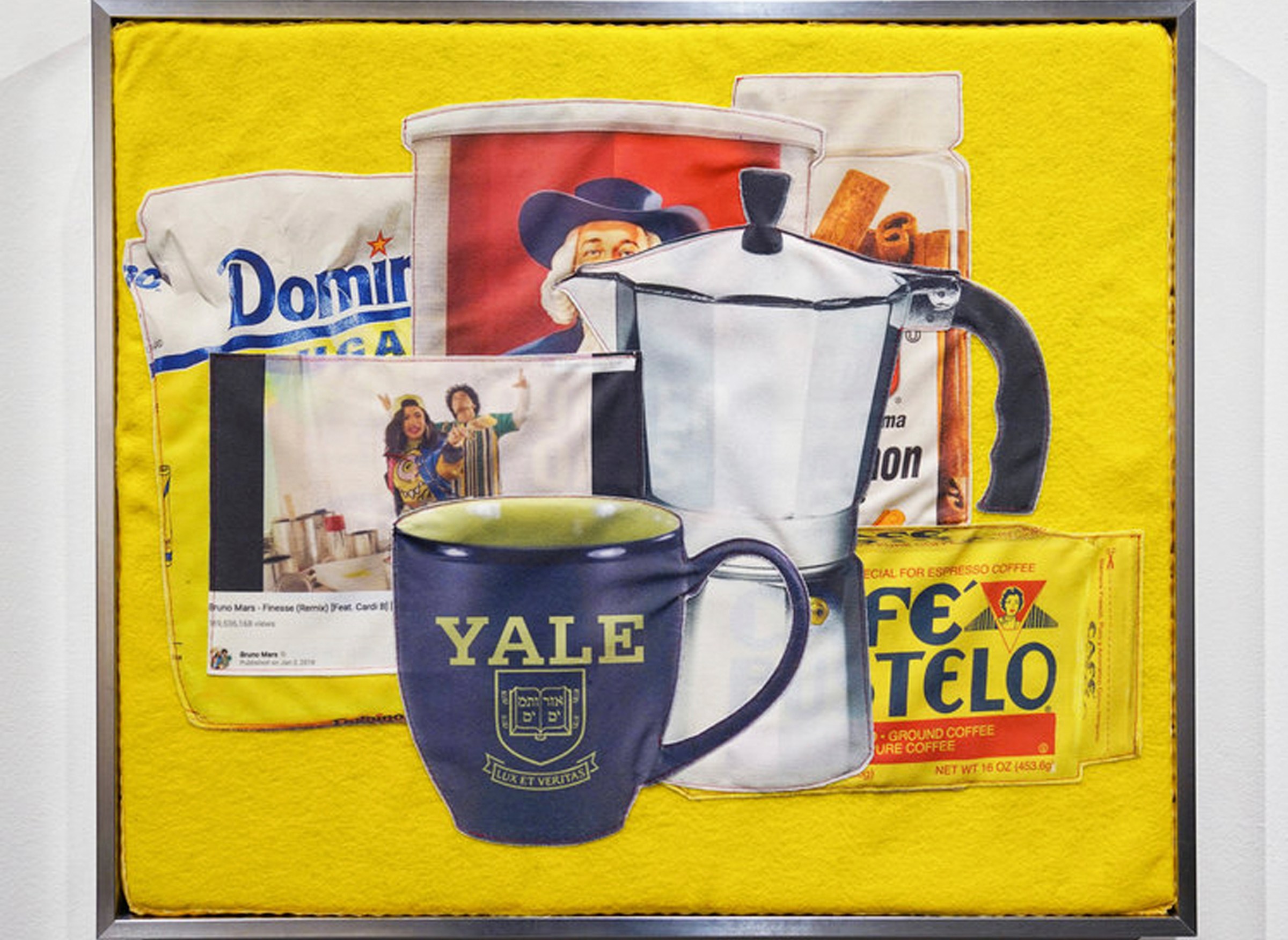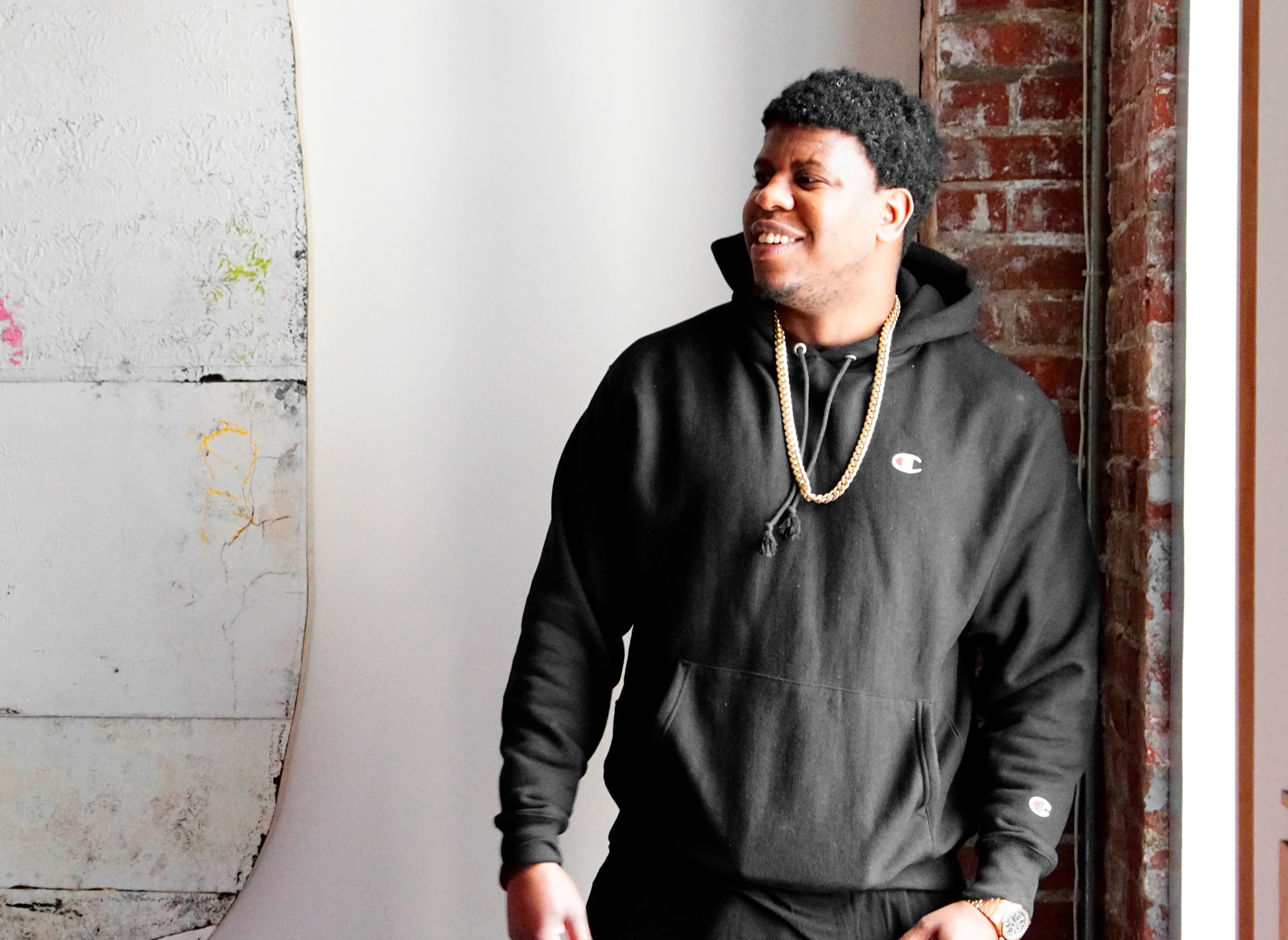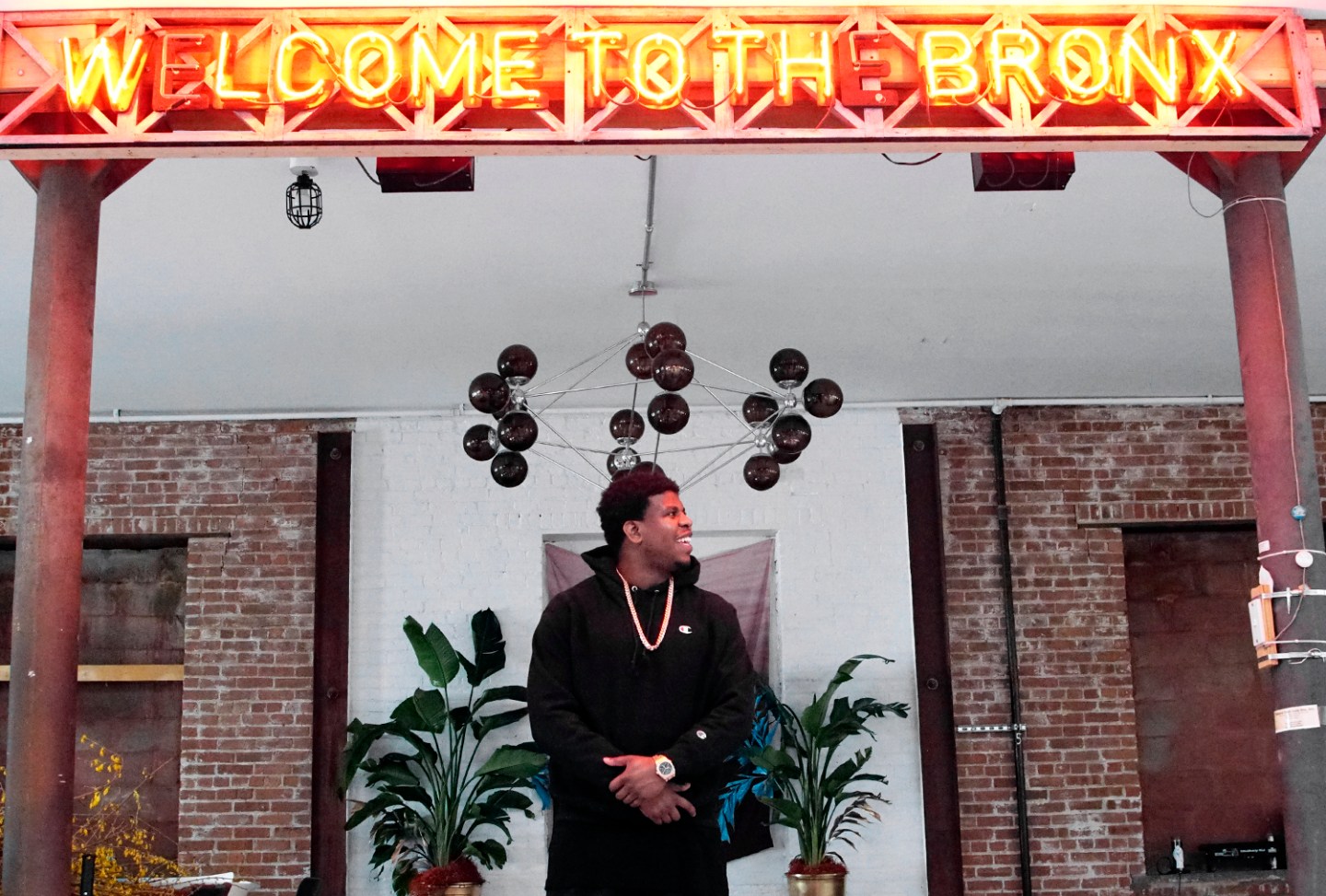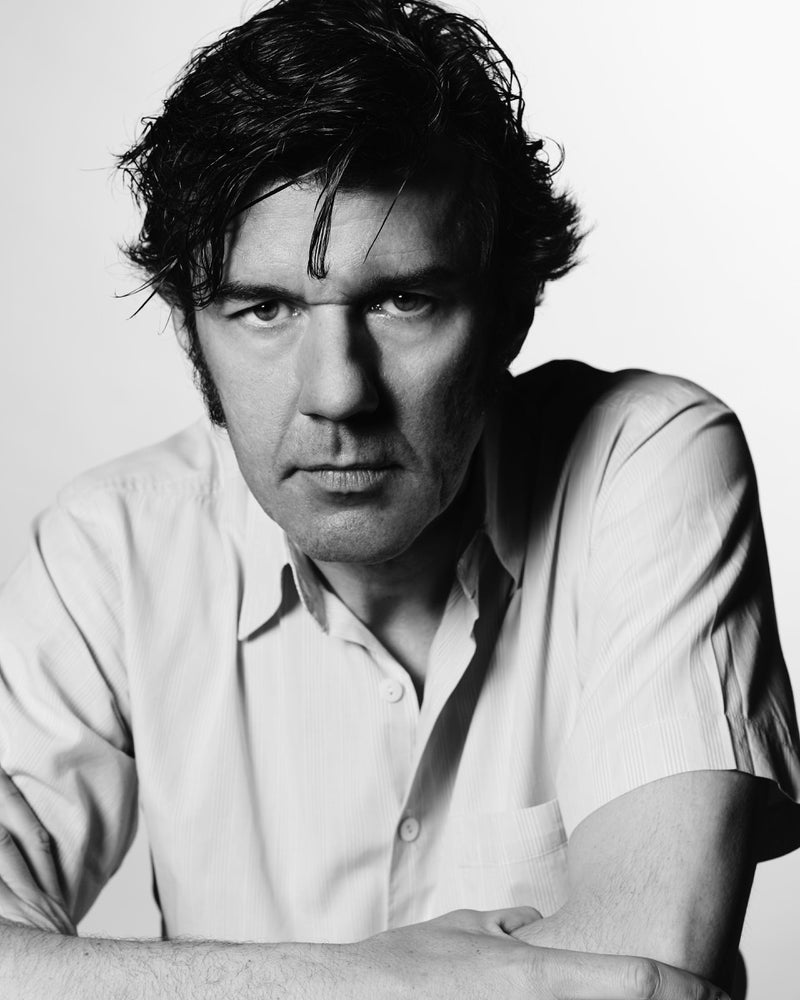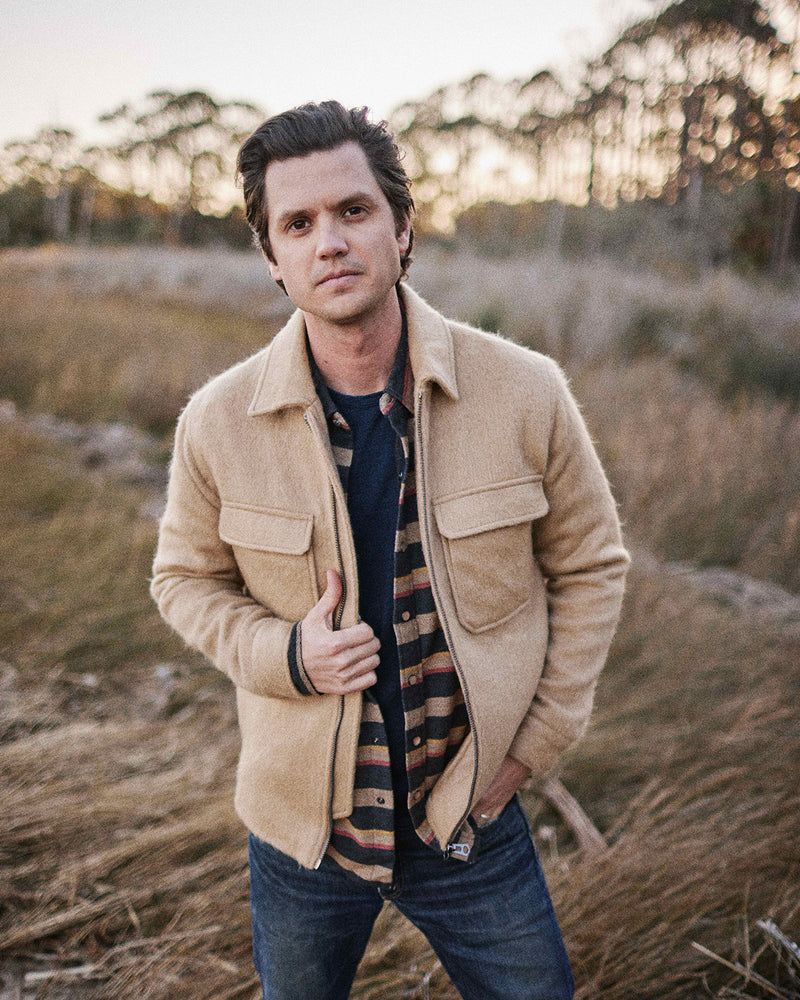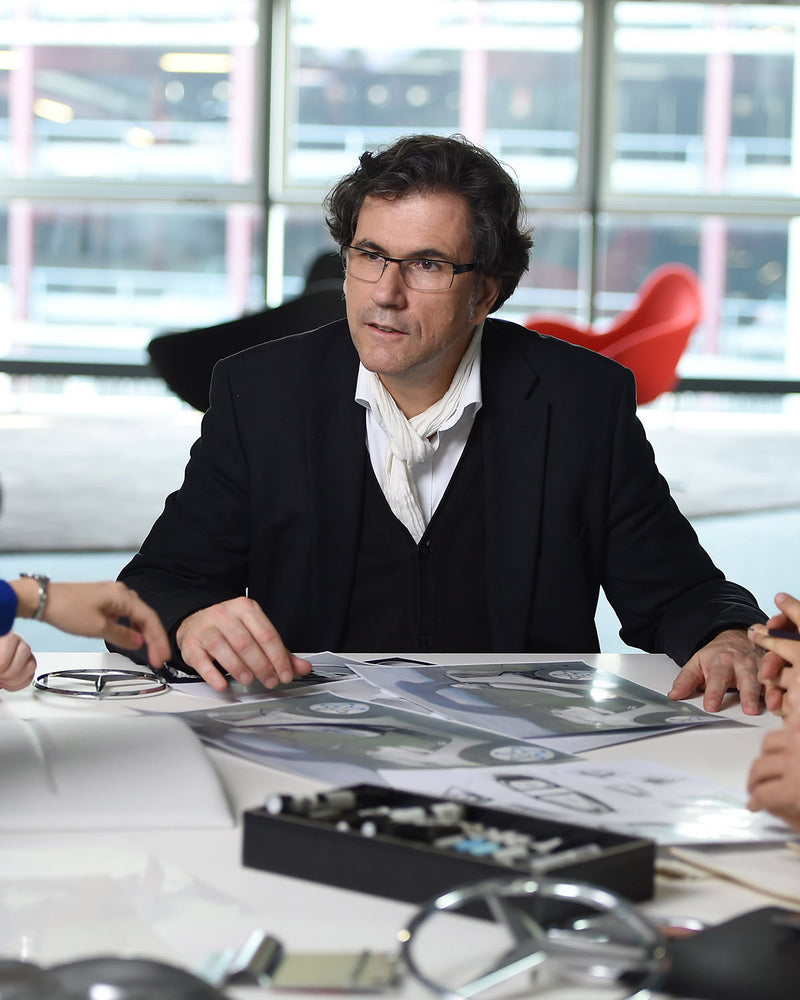While Manhattan maintains its status as a global leader of the art world, the South Bronx is quietly and quickly becoming the dynamic home-of-choice for a new young community of Black and Latinx visual artists. Occupying raw, barren warehouses transformed into multi-unit studio spaces is a generation of creatives who find comfort in the ability to work inexpensively, within close proximity of their peers.
Chef collective Ghetto Gastro, textile artist Eric Mack, and the iconic photographer Renee Cox all maintain studio spaces in the South Bronx within a five-mile radius of each other. One building in particular holds four young artists who together have established a small, welcoming space for engagement, ideation, feedback, and commonality. The group is diverse and dynamic in practice and heritage: Dario Calmese, a photographer and academic hailing from St. Louis; Lucia Hierro, a conceptual artist native to New York whose family immigrated from the Dominican Republic; Nate Lewis, a photo works sculptor from Washington DC; and Tariku Shiferaw, an abstract artist from Los Angeles by way of Ethiopia.
The borough saw a similar flock of artists in the mid-nineties. This time, however, the presence of so many artists of various ethnicities creates opportunities for the community, says Bronx-born and raised Jon Gray, CEO of Ghetto Gastro. “I think it’s great because it’s artists of color. Hopefully we can all jam together and do things that resonate in the community, not just the art world. It’s [also] important that people of color see other people of color doing things that aren’t necessarily the conventional things to do. Just existing is activism in its own way.”
We spoke to Nate, Dario, Lucia and Tariku to further understand the appeal of the South Bronx and its influence over their creative processes.







